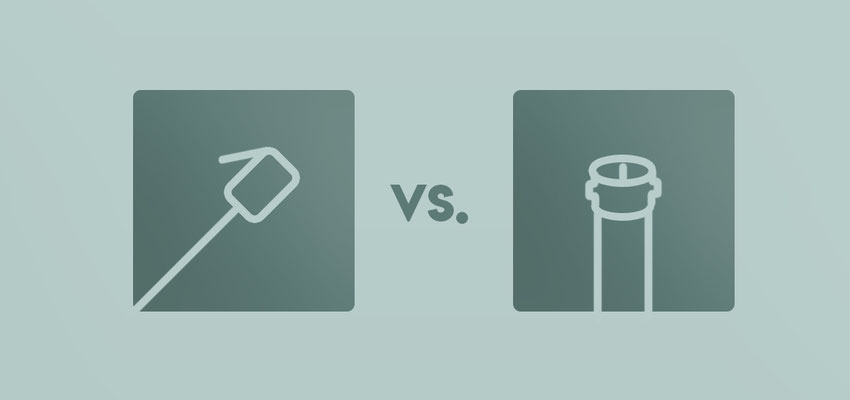
Broadband Internet Speed Comparison: DSL vs. Cable
Posted March 24, 2020, 3:45 a.m. by Emil S.DSL and cable-based Internet services both give speeds higher than the older technology, such as dial-up modems. So now, let's find out what the terms mean, and discuss the relative merits and demerits of each system.
What is DSL?
DSL stands for Digital Subscriber Line. Simply put, it is a method of sending data along a telephone line by modulating the signal so that it works at a higher frequency. Doing this prevents the signal from messing with those signals carrying voice traffic from telephones.
|
Pros
|
Cons
|
What is Cable Internet?
Many homes already have cable TV provided to their homes. This is done via a coaxial cable, and this same cable is used to bring the internet into a home. It is then connected to a modem. The modem, in turn, will be connected to a router, and the router will broadcast a Wi-Fi signal to all the devices connected to the home network.
|
Pros
|
Cons
|
Speed Caps
Capping bandwidth places a limit on the quantity of data that can be used by a customer in each month. Speeds can also be capped, which done by monitoring the amount of traffic generated by a customer and then introducing a speed limit.
ISP's imposing these limitations for several reasons:
- Service providers may feel they want to increase the number of customers they can serve. Caps allow the capacity they have on their network to stretch further.
- Caps are set based on customer use, and the service provider will give each one a limit appropriate to them.
- Service providers will aim to be fair when dealing with their customers, and caps prevent some enjoying higher bandwidth than others in the same neighborhood.
To prevent excessively high bandwidth use, some providers fix the level of data transferable every month. Customers going over that limit will find their speed slowing down or face an increase in fees. Capped speeds can easily be increased when a contract is upgraded.
Tips for Improving Internet Speed
Whichever system is in use, speeds can be improved by reducing the number of Internet-enabled devices linked to a home network, use Ethernet cables to connect devices where possible and keep the modem and router up-to-date. Older hardware can slow speeds down.
Factors to consider when making a choice
Firstly, is there a choice? Some areas do not have both systems available. If there is a choice, consider how the internet is used in the home. Homes with a high level of traffic will need higher bandwidth and higher speeds. Also, consider the cost. Faster speeds will mean a higher price.
Conclusion
DSL tends to be slower than cable, and certainly not above 100 Mbps, but usage at peak times will not be affected. DSL is also a cheaper system. Cable Internet will support higher bandwidths supporting speeds of up to 1000 Mbps, with some reaching 2000 Mbps. Cable systems will slow down at peak times when used in an area that will be high.
Cable does cost more, but competition in the sector will work to keep prices down. Performance on both systems will vary from time to time throughout the day, depending on whether the usage is light or not.
